-
main-collection-product-grid
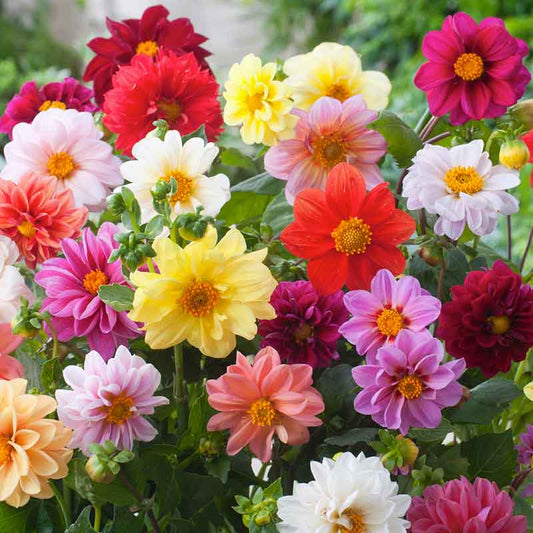
Dahlia Seeds - Unwins Bedding Mix
A low-maintenance, compact dahlia that needs no stakingDahlia Seeds - Unwins Bedding Mix
A low-maintenance, compact dahlia that needs no stakingRegular price As Low As $4.99Regular priceUnit price per -
main-collection-product-grid
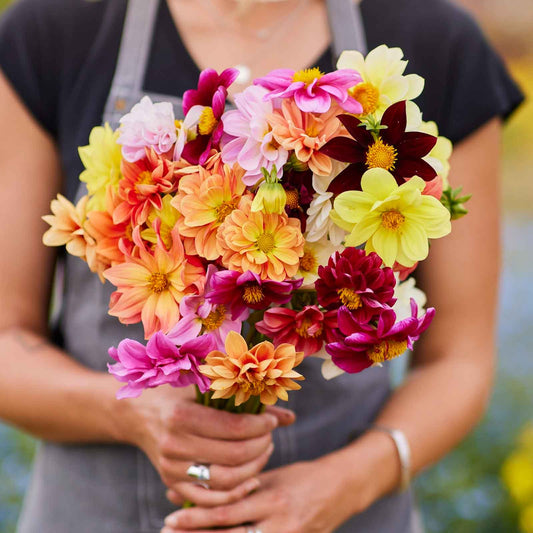
Dahlia Seeds - Early Bird Mix
This compact dahlia has the longest bloom windowDahlia Seeds - Early Bird Mix
This compact dahlia has the longest bloom windowRegular price As Low As $4.99Regular priceUnit price per -
main-collection-product-grid
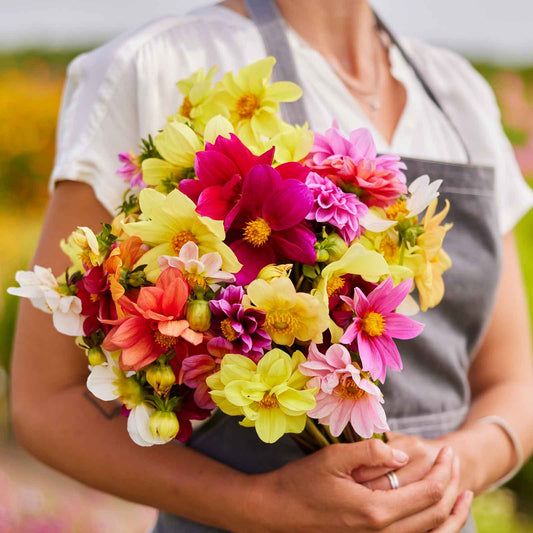
Dahlia Seeds - Mixed Mignon
Aptly named, these miniature blooms are dainty and delicateDahlia Seeds - Mixed Mignon
Aptly named, these miniature blooms are dainty and delicateRegular price As Low As $4.99Regular priceUnit price per -
main-collection-product-grid
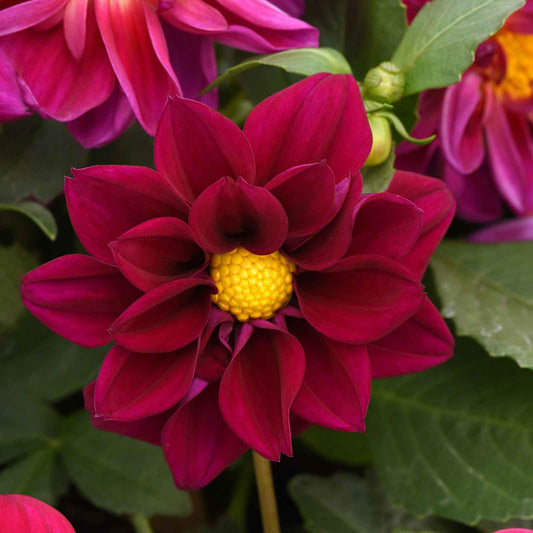
Dahlia Seeds - Figaro Violet Shades
Award-winning plants are covered with semi-double daisy-like flowersDahlia Seeds - Figaro Violet Shades
Award-winning plants are covered with semi-double daisy-like flowersRegular price $5.99Regular priceUnit price per -
main-collection-product-grid
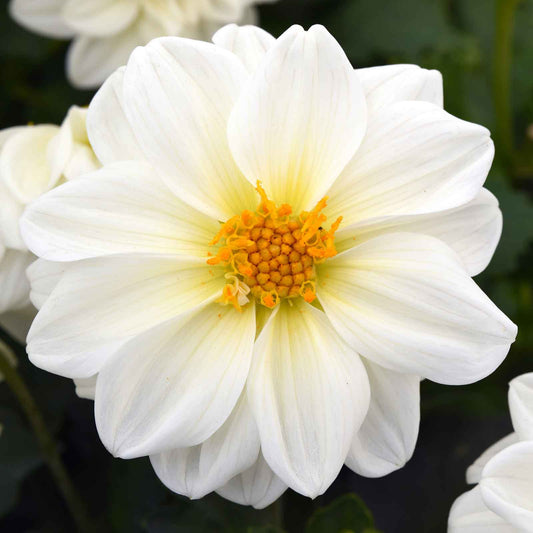
Dahlia Seeds - Figaro White
Snow white flowers juxtaposed against deep green foliageDahlia Seeds - Figaro White
Snow white flowers juxtaposed against deep green foliageRegular price $5.99Regular priceUnit price per -
main-collection-product-grid
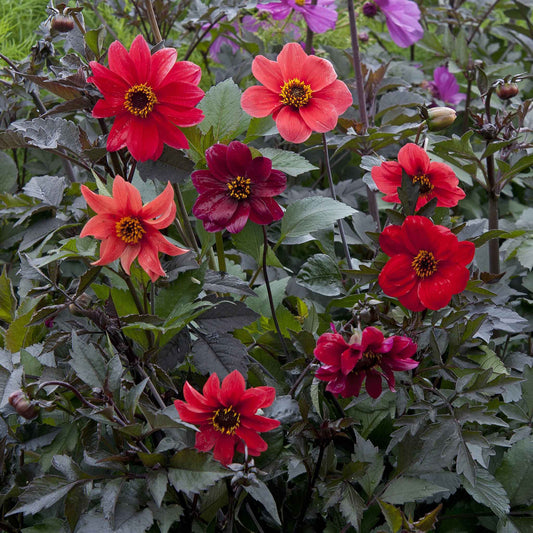
Dahlia Seeds - Bishop's Children
Dahlia seeds are more varied in color and form than tuber-grown dahliasOut of StockDahlia Seeds - Bishop's Children
Dahlia seeds are more varied in color and form than tuber-grown dahliasRegular price $5.99Regular priceUnit price per
Growing dahlia seeds in your garden
- Gorgeous, herbaceous, perennial blooms native to Mexico and Central America
- Beautiful annuals with bright flowers
- Prefers full sun
- Late-season bloomer-flowering summer to late fall
The difference between dahlia tubers and dahlia seeds
Perhaps you are already familiar with dahlia tubers, but what about dahlia seeds? Dahlia tubers can be grown from seed. Making your dahlias about as homegrown as they can get. You may be wondering what the difference is between dahlia tubers and dahlia seeds. The major difference between the two is that the seeds do not produce copies of their "mother", while the tubers do. Instead, dahlia seeds produce an incredibly diverse spectrum of unique blooms that require less space than the tubers typically do. However, they do produce abundant tubers when grown well and under the right conditions.
Growing flowers from dahlia seeds
If you love dahlias, but just don't quite have the space for the traditional tubers, our dahlia seeds are a great solution. These compact flowers are very easy to grow and full of vibrant colors that will bloom prolifically through the summer and even into fall.
When planting dahlia seeds, it is a good idea to sow them indoors in flats or trays. Start the seeds four to five weeks before the final frost date of the spring. Use plain potting soil without fertilizers. Sow the seeds onto the surface of the soil and gently compress them. Do not cover the seeds, as they will require light exposure to properly germinate. After about four to five weeks, transplant the seedlings outside. Once established, introduce a high-phosphorus fertilizer after about three weeks. Fertilizer can be continued about every three to four weeks to encourage blooms. Be careful not to over fertilize as that will lead to smaller blooms and bushy growth.
What to do with dahlia plants
Once the plants have died back in the fall, cut the growth down to about two inches above the surface of the soil. Carefully dig out any tubers that have developed, removing any excess soil. Dry the tubers for up to three days, then store in a cool, dry, dark location. The tubers can be planted once the following spring arrives. Plant them in your yard, or share them with your dahlia loving friends!
For more information about planting, growing, and caring for dahlia seeds, see the Dahlia Seeds Planting Guide.





